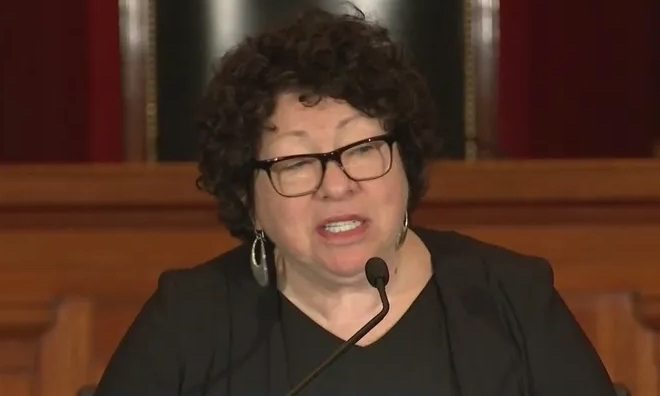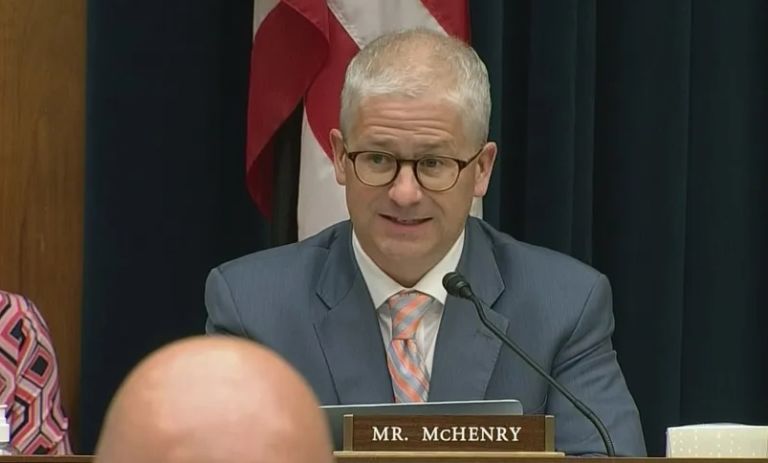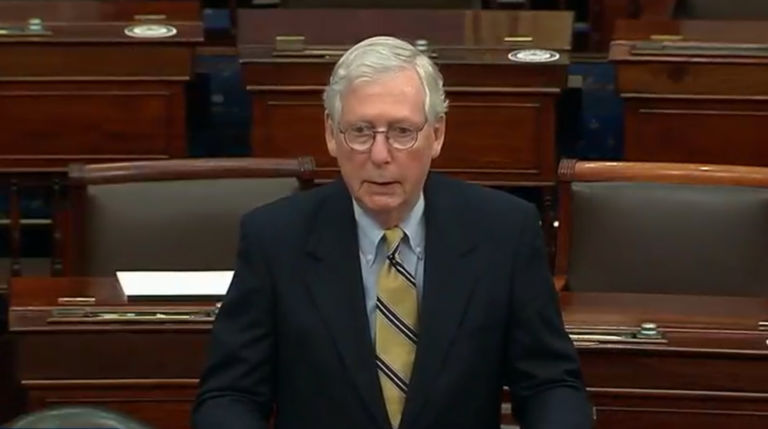The escalating costs are poised to raise the profile of these post-employment health benefits. And the ensuing debate is sure to raise broader questions about what districts owe their retirees and whether they can make good on the promises as written, or if there are reforms that could balance worker protections with responsible budgetary practices. Moreover, the problem with retirees’ health benefits extends beyond their cost or divergence from the private sector; there are also reasons to doubt whether these benefits help schools attract and retain high-quality workers. In this piece, I review the history and landscape of retiree health benefits, explain why those plans might not be having the desired effects on the teacher workforce, and explore options for reform.
North Carolina gets a shout out.
At the other end of the spectrum, some policymakers might be tempted to end their programs altogether. North Carolina, for example, recently announced it would not offer retiree health benefits to state workers who begin their employment after January 2021. (This does not affect teachers, who are enrolled in a separate plan.) Other states may be tempted to follow suit. Why, after all, should public-sector workers be given a benefit that most private-sector workers don’t have? And why should the public offer a benefit that systematically encourages employees to retire at relatively young ages?
The North Carolina model may sound draconian at first, but it’s worth a second look, mainly due to Obamacare. The federal Affordable Care Act provides subsidies on a sliding scale to individuals to purchase health insurance, regardless of age; in 2018, a two-member household earning less than $65,840, or 400 percent of the federal poverty level, would qualify for assistance. That’s more than the average and even the median teacher pension in most states as of 2016 (the most recent year with data available). Assuming no other sources of income, many former teachers could qualify for federal subsidies that would cover at least some costs of a health-care plan.
This move would effectively shift retiree health-care liabilities to federal taxpayers, but it might ultimately be more efficient to tie benefits to income and need rather than years of service. Moving former state and local government employees onto the Obamacare exchanges could also help stabilize private insurance markets by providing a new source of enrollees.
…
None of the options presented here will be politically popular, but cost pressures will increasingly force states and local school districts to think differently about retiree health benefits. For too long, employers were able to promote the benefits without recognizing their long-term costs. That reckoning is coming, and there are better and worse ways to tackle it.
Kudos to North Carolina legislators for addressing the problem well before the crisis arrives.


